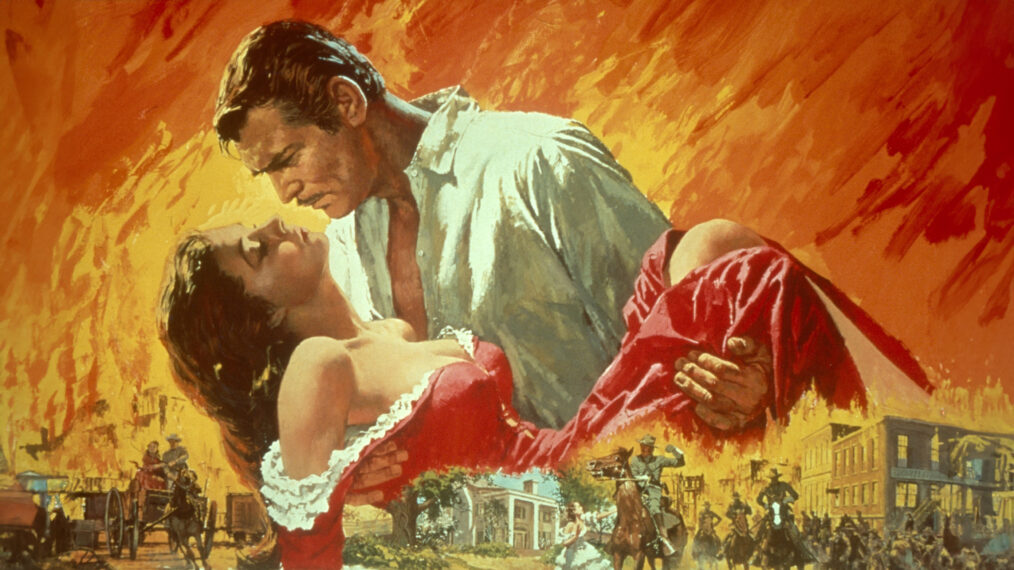Whatever Happened to the Cast of ‘Gone With the Wind’?
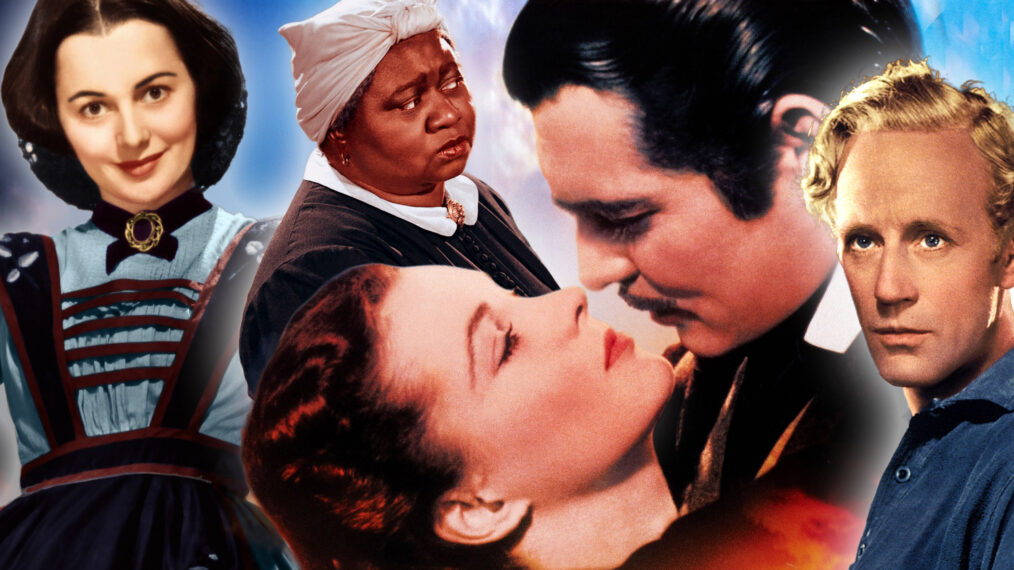
Gone with the Wind was a sensation long before it hit theaters. Years before its Dec. 15, 1939 release, the studio built excitement for the film by publicly searching the world for the right actress to play Scarlett O’Hara; after considering over 1,400 actresses, the role went to the then-unknown Vivien Leigh.
But once it was released, it was a success on a level that the then-new film industry had never seen. It was the most popular film of all time, a record it held for two decades after its release, and was nominated for 10 Academy Awards, winning Best Picture, Best Director, Best Adapted Screenplay, Best Actress for Leigh and Best Supporting Actress for Hattie McDaniel, the first Black woman to win an Academy Award.
But what happened to the residents of Tara in the decades after Scarlett made that curtain dress?
Vivien Leigh
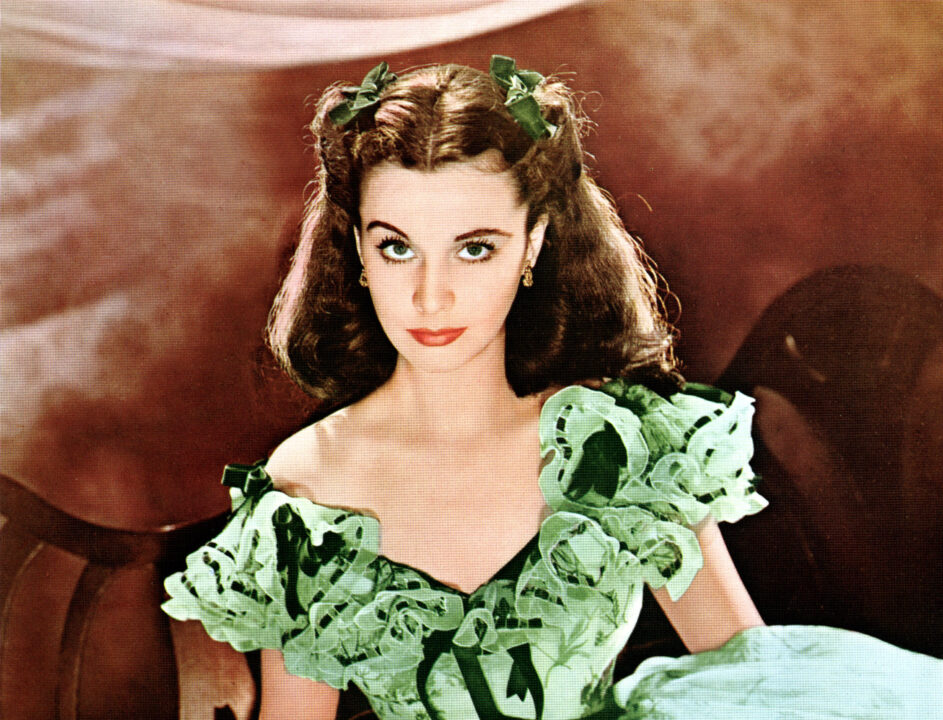
Everett Collection
A British stage actress, Leigh made her film debut only four years before Gone With the Wind. Already famous around Hollywood for being moody and “difficult,” and later diagnosed with bipolar disorder, Leigh found the chaos of the film’s set a challenge. Director George Cukor, who had championed her, was replaced by Victor Fleming, whom she often fought with; she also supposedly secretly met with Cukor for advice on playing O’Hara.
In the immediate afterglow of Gone with the Wind, Leigh experienced incredible success: she won her first Academy Award for her portrayal of Scarlett, and married Laurence Olivier (with whom she had been having an affair for many years) in 1940, after their respective spouses finally granted them divorces.
But things soon turned rocky. She attempted to star in multiple films with Olivier, including Rebecca and Pride & Prejudice, that producers felt she wasn’t right for. When they managed to work together, the results were not always better; in 1940, the pair starred in a Broadway production of Romeo & Juliet that was critically savaged and ate up their life savings. Leigh contracted tuberculosis while performing for the British troops in World War II, and experienced a devastating miscarriage while shooting Caesar & Cleopatra in 1945.

Evening Standard/Getty Images
In the following years, she and Olivier (pictured above) would battle privately but have much success on stage, and embarked on an international tour with Britain’s Old Vic Theater troupe. Starting in 1949, Leigh began playing her second signature role: Blanche DuBois, first in the London stage production and then the 1952 film version of A Streetcar Named Desire.
Her performance was critically adored and earned her a second Oscar, but she later said the role “tipped me over into madness.” In the following years, Leigh struggled with her mental health; though she still had a number of acclaimed theater performances during this time, depression and nervous breakdowns caused her to pull out of films and required caretaking from both Olivier and her first husband. In 1960, she and Olivier divorced; in 1967, her tuberculosis resurfaced, and she died on July 7 at the age of 53. A biopic on her life is in the works called The Florist.
What happened to Scarlett’s Green Curtain Dress?
Clark Gable

Everett Collection
The Ohio-born Clark Gable spent years doing regional theater and small roles in silent films before becoming an MGM contract player in the early ’30s, frequently appearing alongside Joan Crawford. By 1939, he had already won an Oscar for 1934’s It Happened One Night, had starred in numerous major adventure flicks, and was considered one of the film industry’s most consistent box office draws.
Gable was famously reluctant about playing Rhett Butler, despite the studio’s rabid pursuit of him; this created scheduling issues between studios that caused the film to be delayed by two years. The film ended up earning Gable another Oscar nomination
The same year Gone with the Wind was released, Carole Lombard became Gable’s third wife. On screen, he began to be paired with Lana Turner, 20 years his junior, in films that were financially successful but critically unpopular.
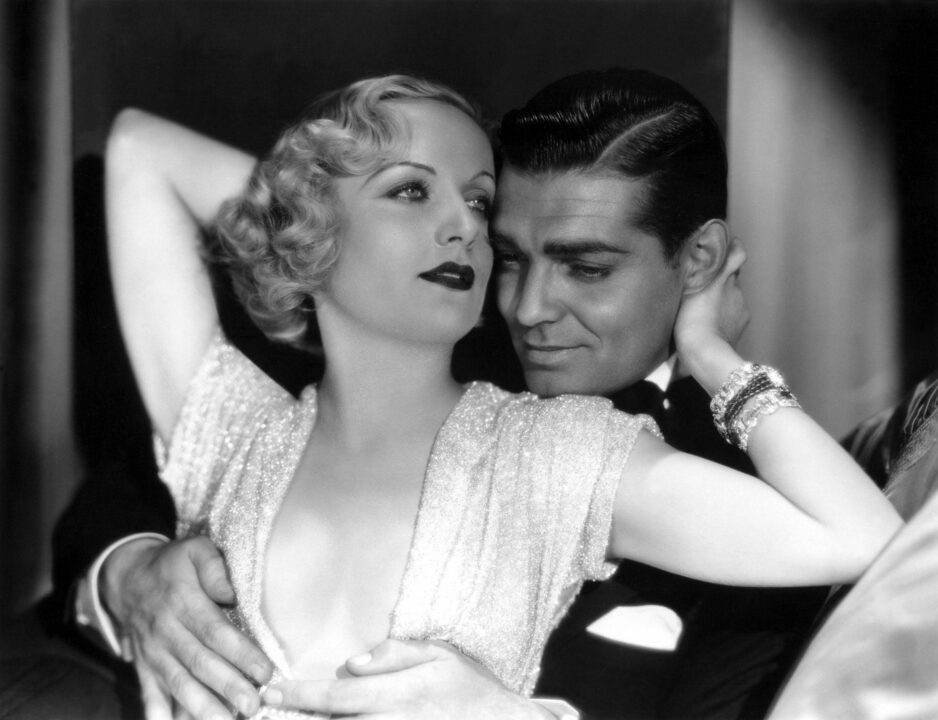
Everett Collection
In 1942, Lombard died tragically in a plane crash; though Gable returned to work soon after, some friends felt that he was never the same. Later in 1942, he joined the Army to support the war effort, despite being 41 years old. Though his time in the military was often occupied by making promotional film reels, he did fly multiple combat missions during the war. Adolph Hitler supposedly put a bounty on his head during the time Gable was in active combat.
After returning from the war, Gable appeared in a number of financially successful but critically unimpressive films. He had a brief fourth marriage to model Sylvia Ashley from 1949 to 1952, and then married fifth wife Kay Spreckels in 1955.
Gable’s final film was also his comeback, 1961’s The Misfits. Appearing alongside Marilyn Monroe in what would prove to also be her last film, Gable received critical acclaim for his performance as an aging cowboy. But he wasn’t around to hear the acclaim — he died on Nov. 16, 1960, at age 59, after suffering multiple heart attacks.
> Clark Gable & Marilyn Monroe’s Last Film Was Unhappy Trails for A Hollywood Era
Olivia de Havilland
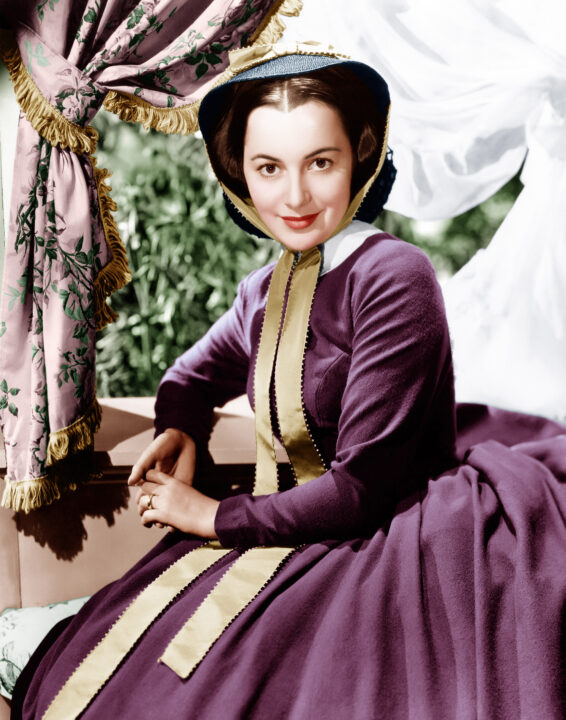
Everett Collection
Born into a European aristocratic family (which also included her sister, actress and frequent feud partner Joan Fontaine), Olivia de Havilland first came to notice with 1935’s Captain Blood, which paired her with swashbuckler Errol Flynn. The pair went on to make eight films together in total, both before and after Gone with the Wind; their 1938 collaboration, The Adventures of Robin Hood, made her a bonafide movie star.
De Havilland sought out the role of the sweet, dignified Melanie Hamilton, which earned her a Best Supporting Actress nomination. After Gone with the Wind, she pushed against the “girlfriend” parts she was typically offered, looking for more substantive roles. Though she had relationships with Howard Hughes, James Stewart, and John Huston, she married novelist Marcus Goodrich in 1946; they divorced in 1953. The marriage yielded one child, Benjamin, who died of complications from lymphoma at the age of 42, after a two-decade battle with the disease, in 1991.
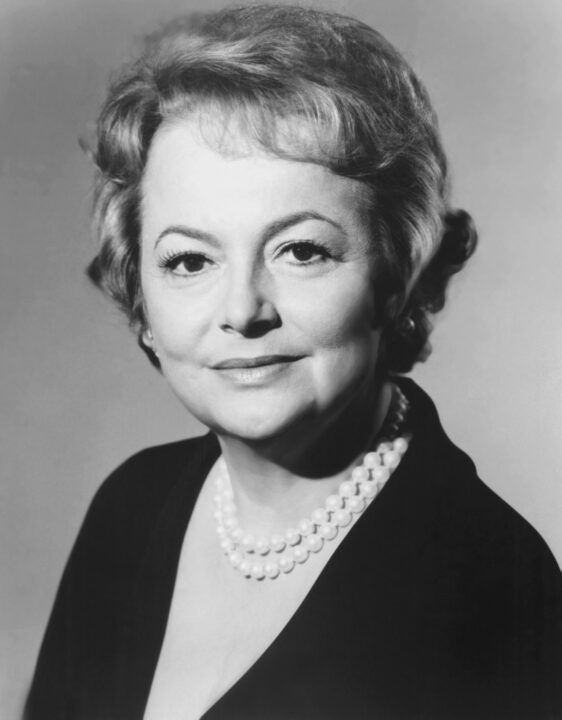
Universal Pictures/Everett Collection
In 1943, she sued Warner Bros., in a lawsuit that would eventually change the rules governing studios and limiting their power over contract players — which led to her being blacklisted from the film industry for several years. After falling in love with a French journalist, de Havilland moved to Paris in 1955. In the ’60s and ’70s, she transitioned primarily to TV work, and retired from acting in the late ’80s. One of the most famously long-lived Hollywood stars, De Havilland died of natural causes on July 26, 2020, at the age of 104.
> Olivia de Havilland: One of the Last of Hollywood’s Golden Age Beauties
Leslie Howard

Everett Collection
Leslie Howard was more than just Ashley Wilkes — the British-born actor was also an acclaimed writer and director, with a long stage career under his belt before he set out for Hollywood in the 1930s. Before Gone with the Wind, he received multiple Best Actor nominations, though he was most famous for playing the dashing title role in 1934’s The Scarlet Pimpernel. After Gone with the Wind, he returned to Britain to support the British war effort during World War II. On June 1, 1943, he was killed at age 50 when a civilian aircraft he was on was shot down by the German Luftwaffe.
Hattie McDaniel
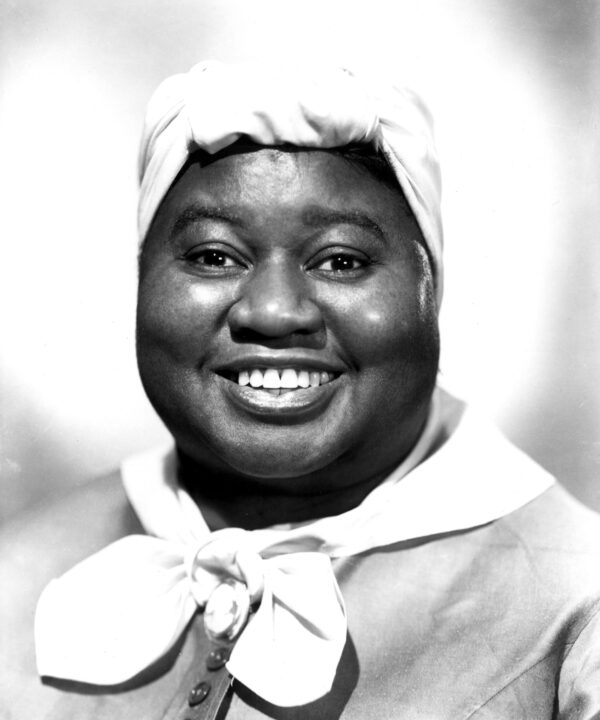
Everett Collection
Today, Hattie McDaniel may be best known as the first Black woman to win an Academy Award. But before she signed up for Gone with the Wind, she was an accomplished singer and songwriter, and holds the distinction of being the first Black woman to sing on the radio in the U.S. After moving to Los Angeles, she began appearing in radio dramas; her first signifincant film role was alongside Mae West in 1933’s I’m No Angel, which she followed up with numerous roles in popular movies, including 1936’s Showboat.
Though McDaniel broke racial segregation boundaries by winning an Academy Award for Gone with the Wind, the film’s promotional cycle included many moments when she was discriminated against. She was not allowed inside the film’s Atlanta premiere (which made Gable try to boycott the event), was placed at a segregated table during the Academy Awards ceremony, and was not permitted to enter the Oscars afterparty at a whites-only club.
Her win was also largely considered a mixed blessing for racial progress, since Mammy, the character she played in the film, conformed to many racial stereotypes, and the film was thought by many to celebrate the history of slavery in the South.
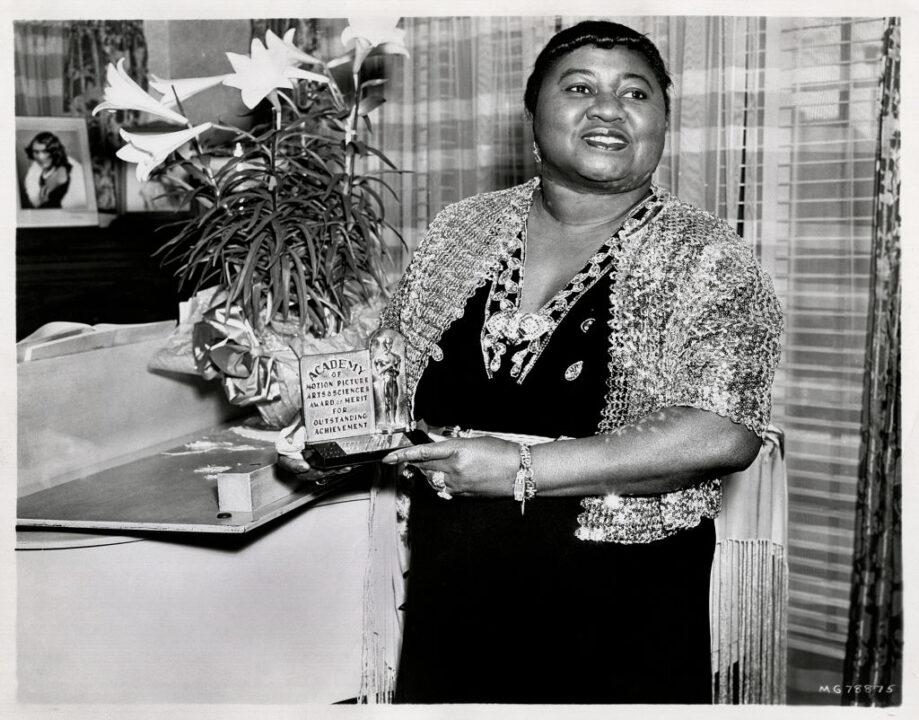
John Kisch/Getty Images
After the film, McDaniel appeared in dramas including In This Our Life with Bette Davis, and in 1945, became the first Black woman to have her own radio show when she starred in the serialized comedy Beulah. In 1950, the show was adapted for TV, and became the first TV show to star a Black actress. McDaniel began starring on the show in its second season; the TV show was considered controversial due to its use of racial stereotypes. On Oct. 26, 1952, she died of breast cancer, at the age of 59.
Sadly, the discrimination did not end even when McDaniel’s life did. Her wish to be interred in Hollywood Forever Cemetery, the final resting place of many Golden Age Hollywood actors, was denied because the graveyard was segregated at the time. She was buried at the integrated Rosedale Cemetery instead. In 1999, Hollywood Forever offered to have her interred, but the McDaniel family declined; instead, Hollywood Forever built a tribute monument to McDaniel that still stands today.
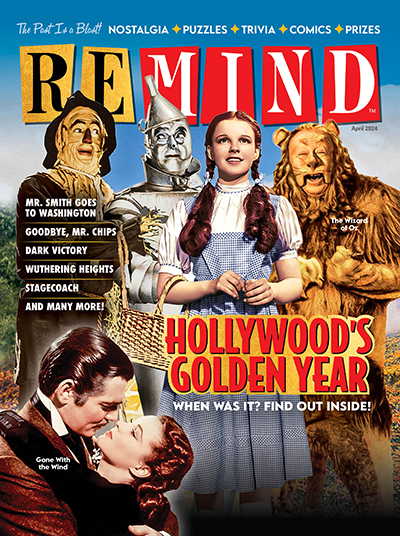
Hollywoods Golden Year
April 2024
Return with us to the year film fans acknowledge as the finest in Hollywood history, 1939.
Buy This Issue
